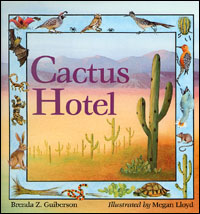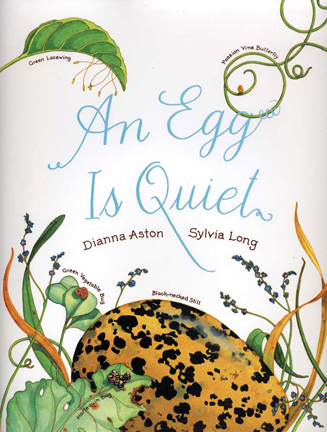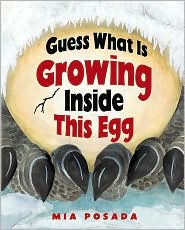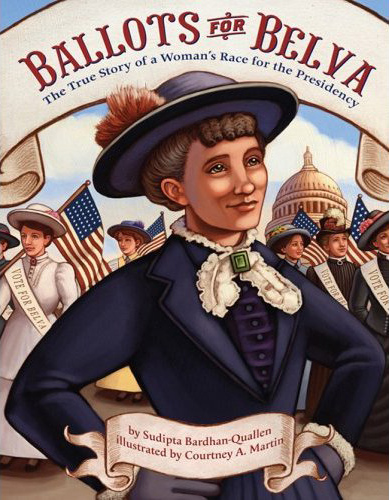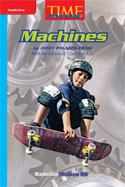
From shovels and seeds to vegetable soup, Growing Vegetable Soup takes readers on a journey from the garden to the kitchen. Author and illustrator Lois Elhert uses colorful pictures and large print to transform a learning experience into a story.
Ehlert’s use of color in Growing Vegetable Soup adds a touch of fantasy to a scientific and realistic story. The illustrations are pieced together with simple shapes that describe the words on the page. Each picture has labels to help with vocabulary and spelling. The illustrations play off as a collage, but the colors work together in a way to show off the important words on the page.
The end of the story focuses on the scientific fact that vegetables grow annually and can be used in the end, "At last it's time to eat it all up! It was the best soup ever€¦and we can grow it again next year." Elhert emphasizes each step and includes important information such as watering, sunlight and weeding. Her subtle use of words can be ignored for younger readers or pointed out and studied at more age appropriate grades.
Curriculum Connections
Starting in kindergarten students begin to learn about life science and the way plants change, grow and go through a typical life cycle. Into first grade, students begin to learn more in depth about how to care for plants and the necessities for sustaining life. Growing Vegetable Soup can be used to explain from the very beginning how plants grow and change and the important elements that help plants grow and thrive. The labels and specific instructions provide vocabulary/spelling lists about plants and the pictures provide instructions about how to care for plants. In Virginia, this book applies to science SOL k.6a and k.6b (living things change as they grow, and they need food, water and air to survive; plants and animals live and die (go through ha life cycle), as well as 1.4a (plants have needs-food, air, water, light and a place to grow).
Additional Resources
- Let's Read offers a full lesson about vegetables that includes taste testing of vegetables, multiple drawing/touching techniques that keeps activities hands-on and a hand-out for students to participate in activities at home.
- First School gears its activities towards kindergarten and hands-on activities using different vegetables seen in the book. There are also various crafts, language arts/spelling lessons, and references to other books on similar subjects.
- Lesson 5: Yum Yum seeks to teach kindergarten and first graders the parts of a flower/plant and includes computer, extension and home activities.
Book: Growing Vegetable Soup
Author/Illustrator: Lois Elhert
Publisher: Voyager Books
Publication Date: 1990
Pages: 32 pages
Grades: kindergarten-first grade
ISBN: 0152325808

